Snakes, with their silent grace and mesmerizing movements, have fascinated humans for centuries. For those entranced by these slithering reptiles yet cautious of their potentially dangerous nature, non-venomous snakes offer a safe and captivating alternative. Here, we’ll explore 15 stunning non-venomous snakes that make excellent pets, each possessing its unique charm and appeal.
Why Choose a Non-Venomous Snake as a Pet?

Non-venomous snakes are an ideal choice for reptilian enthusiasts who desire a safe yet exotic pet. These snakes pose no venomous threat to humans or other pets, making them perfect for households. Additionally, their generally docile nature and manageable care requirements make them accessible to both novice and experienced snake owners. By choosing a non-venomous pet snake, you can enjoy their fascinating behaviors and striking appearances without the associated risks of venom.
Corn Snake The Beginner’s Favorite
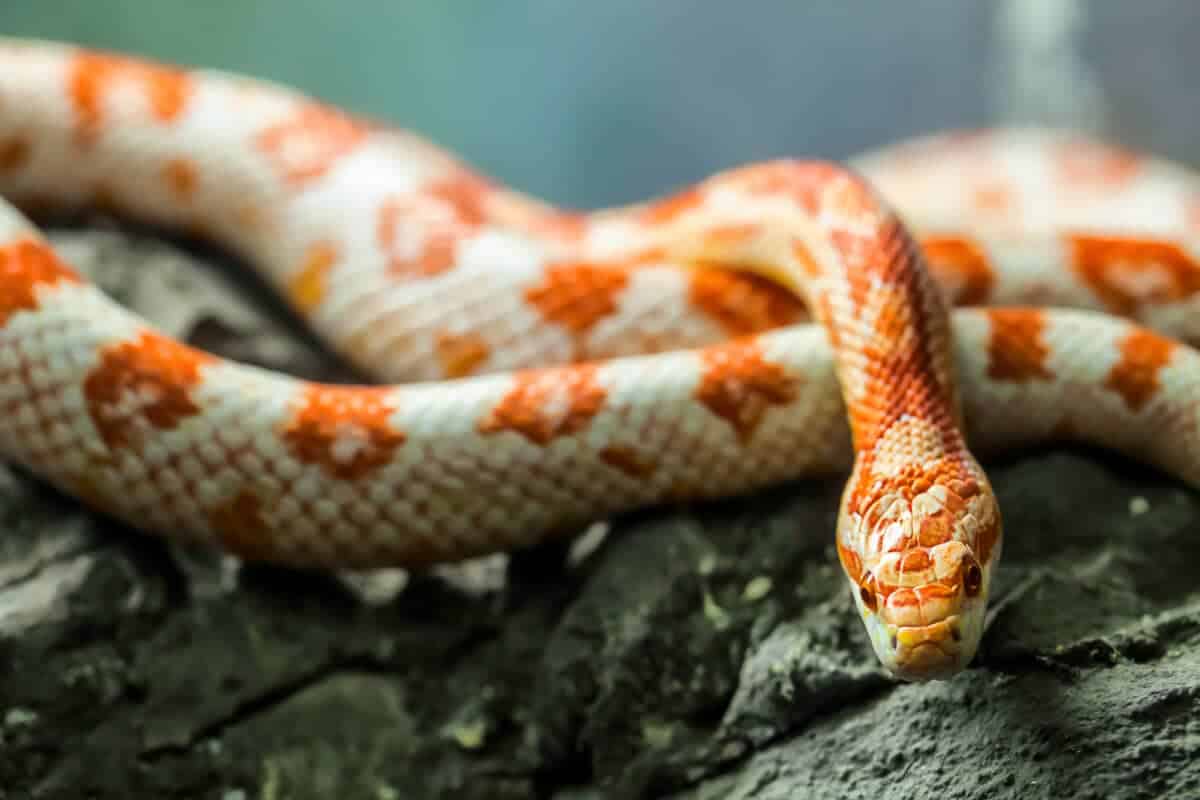
Corn snakes are arguably the most popular pet snake and for good reason. Their vibrant coloration, ranging from bright oranges to rich reds, combined with their calm demeanor, make them a delight for snake enthusiasts. They are also hardy and relatively easy to care for, adapting well to captivity. Requiring a simple enclosure and a steady diet of appropriately sized rodents, corn snakes are ideal companions for beginners.
Ball Python A Gentle Giant

Despite their formidable name, ball pythons are one of the gentlest species in the snake world. Known for their docile nature and the unique behavior of curling into a ball when startled, they’re a favorite among reptile enthusiasts. With a variety of morphs available, ball pythons can display diverse colorations and patterns, adding to their appeal. They are generally low maintenance, needing appropriately sized enclosures and a consistent feeding schedule.
California Kingsnake The Bold Beauty

California kingsnakes are known for their striking appearance, typically adorned with stunning black and white banding. They are highly adaptable and thrive in various environments, making them easy to care for in captivity. These snakes are active and curious, providing endless entertainment as they explore their habitat. Their diverse diet includes rodents and other reptiles, emphasizing the need for feeding caution in multi-species households.
Rosy Boa The Desert Jewel
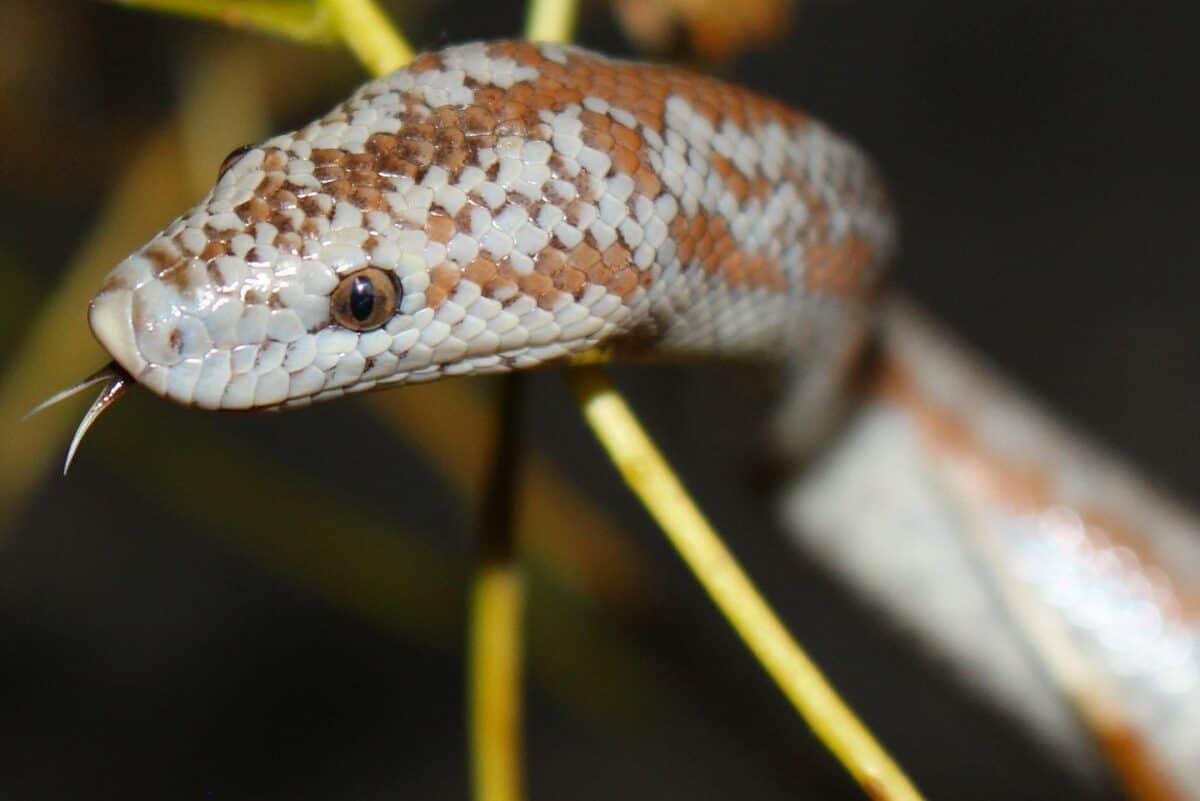
Native to arid environments, the rosy boa captivates with its smooth, rose-colored scales. They are one of the few boa species that remain relatively small, usually reaching around three feet in length, making them manageable for any home. Known for their docile temperament and ease of care, rosy boas are an excellent choice for both beginners and seasoned reptile keepers.
Garter Snake A Colorful Companion

Garter snakes, prevalent across North America, are known for their striking patterns and color variations. Eager to explore and interact, these snakes often display vibrant stripes and maintain a curious and social disposition. Garter snakes adapt well to various captive environments and can thrive on a diet of small fish, amphibians, and rodents, making them versatile and engaging pets.
Milk Snake The Mimic Master

Milk snakes are renowned for their vivid coloration, which often mimics the patterns of venomous coral snakes as a form of defense. Ranging in hues of red, black, and white, these snakes are both beautiful and intriguing. They are easy to handle, generally docile, and relatively simple to care for, requiring standard reptile enclosures and a diet of appropriately sized prey items.
Rat Snake The Energetic Escape Artist

Rat snakes boast impressive lengths and are celebrated for their ability to climb skillfully. Often found in brilliant shades of yellow, grey, or orange, these snakes are ideal for owners who can commit to secure enclosures due to their notorious escape tendencies. With a diet primarily consisting of small mammals and birds, rat snakes are both fascinating to watch and straightforward to feed.
Children’s Python The Perfect Small Pet

Named not for their suitability as children’s pets, but after the scientist John George Children, the children’s python is a small, charming snake perfect for those seeking a petite companion. Native to Australia, these pythons exhibit a gentle temperament and require minimal space. They are known for their ease of care, thriving in standard reptilian environments with routine feedings of small rodents.
Rough Green Snake The Emerald Explorer

Adorned with brilliant green scales, the rough green snake is a visual delight, often resembling a vine within its environment. These arboreal creatures thrive in setups with plenty of climbing and exploration opportunities. While they require a diet of insects and the occasional small reptile rather than rodents, their care needs are otherwise simple, making them perfect for dedicated reptile enthusiasts.
House Snake A Low-Key Favorite
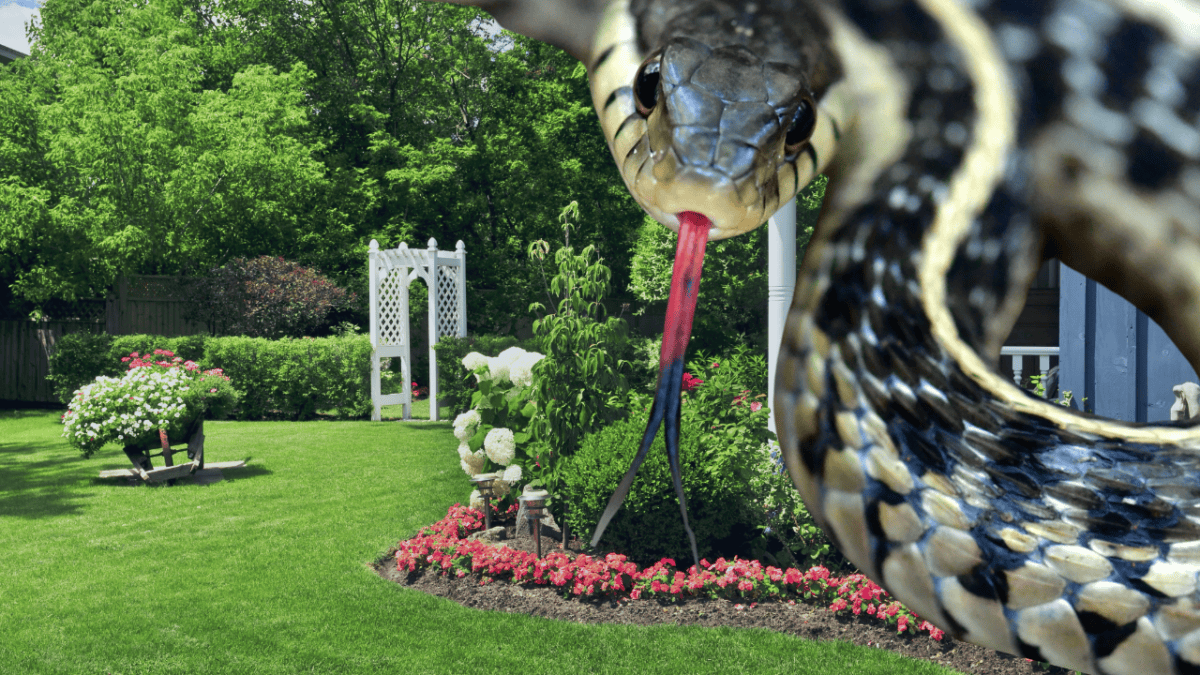
House snakes are a lesser-known but equally delightful choice for a pet snake. Native to Africa, they are generally brown with charming patterns along their bodies. These snakes are particularly easy to care for, thriving on small rodents and requiring minimal space. Their calm disposition makes them effortlessly handleable, even for first-time snake owners.
Western Hognose The Adorable Trickster
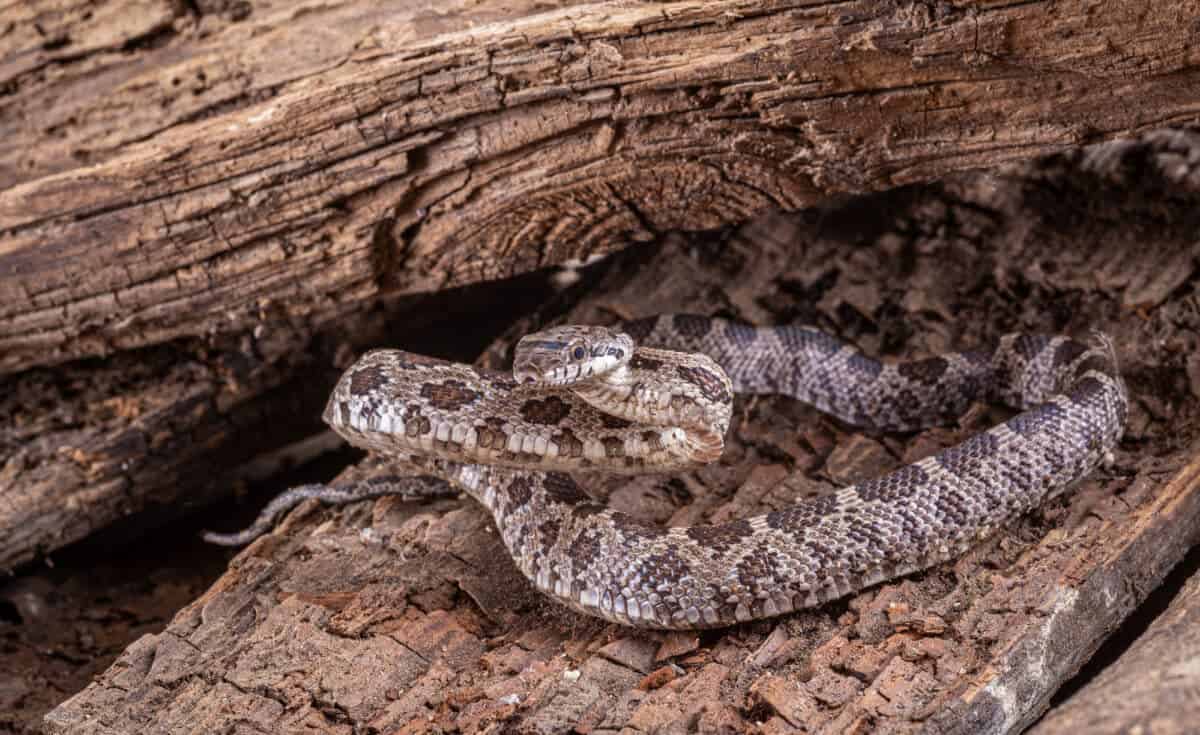
The western hognose snake is as endearing as it is intriguing, famous for its upturned snout and playful nature. When threatened, these snakes may mimic a cobra by flattening their necks or play dead to deter predators. Despite their dramatic behavior, they are harmless and make excellent, albeit slightly more demanding, pets due to their specific dietary needs.
Ringneck Snake The Tiny Wonder

These small, secretive snakes rarely grow beyond a foot in length, making them ideal for those with limited space. Displaying a beautiful combination of dark bodies and brightly colored rings near their necks, they add a sprinkle of vibrant charm to any collection. While their care involves a diet of small insects and earthworms, they remain low maintenance pets, suitable for those who appreciate subtle beauty.
Conclusion:
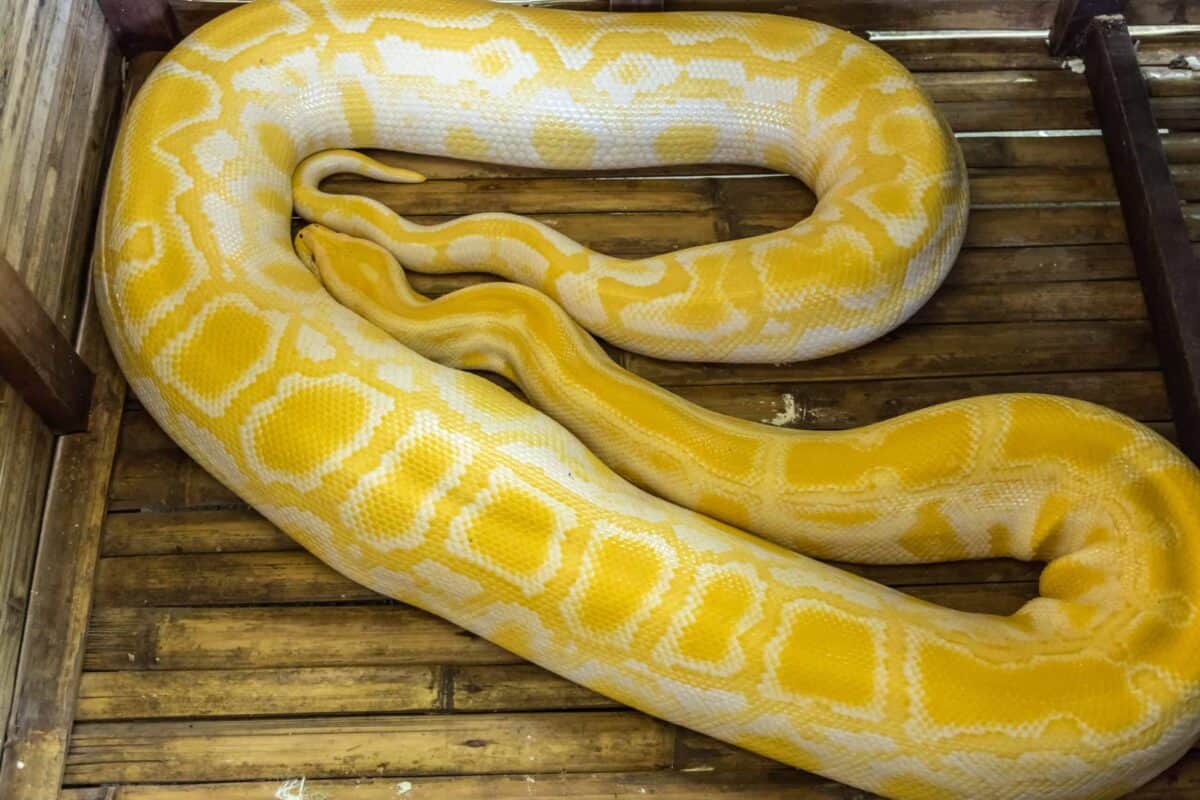
In conclusion, non-venomous snakes present an array of captivating choices for those interested in unique and safe pet ownership. From the docility of ball pythons to the striking patterns of milk snakes, these reptiles offer a wide range of appearances and temperaments. Whether you’re a novice or a seasoned reptile enthusiast, there’s a non-venomous snake out there to fit your lifestyle and preferences. By understanding each snake’s unique needs and behaviors, owners can cultivate a rewarding and enriching experience with these enchanting creatures.
- 10 Animals That Use Bizarre Survival Tactics - August 9, 2025
- The Most Beautiful Bird Migration Routes Across the US - August 9, 2025
- 14 Dog Breeds That Love to Cuddle - August 9, 2025

